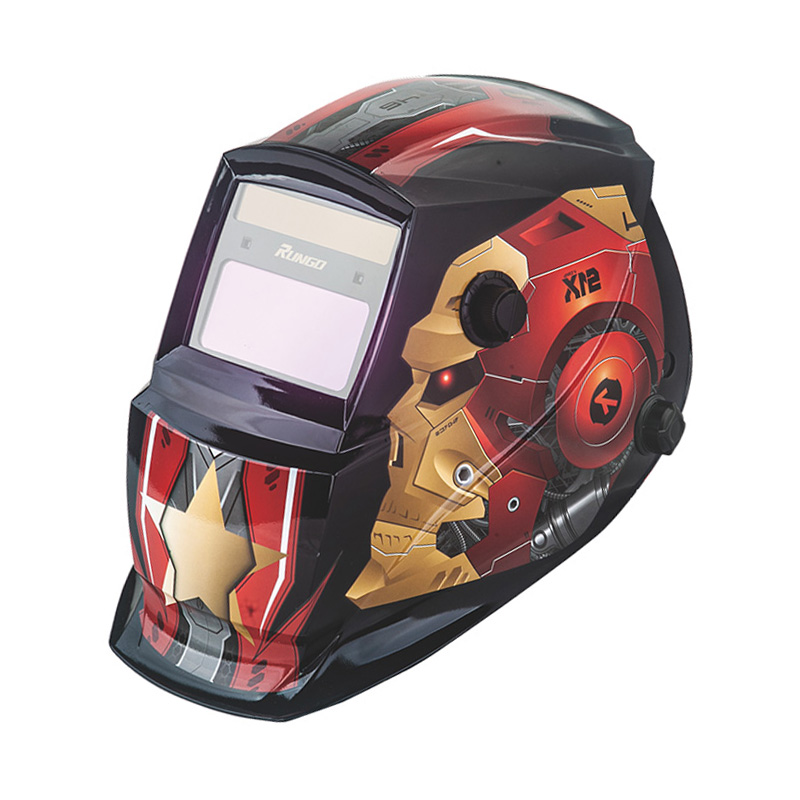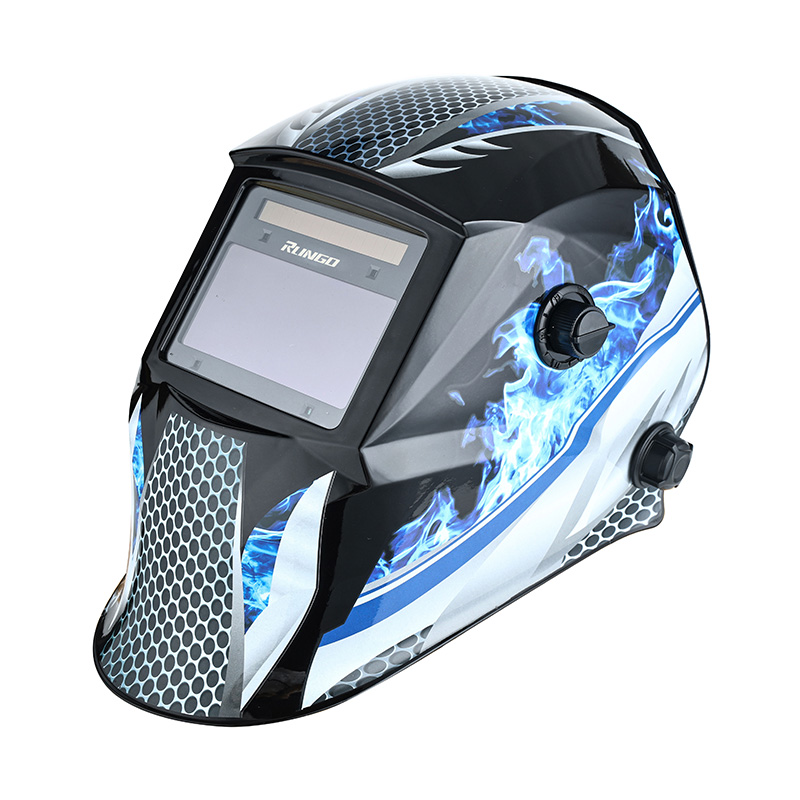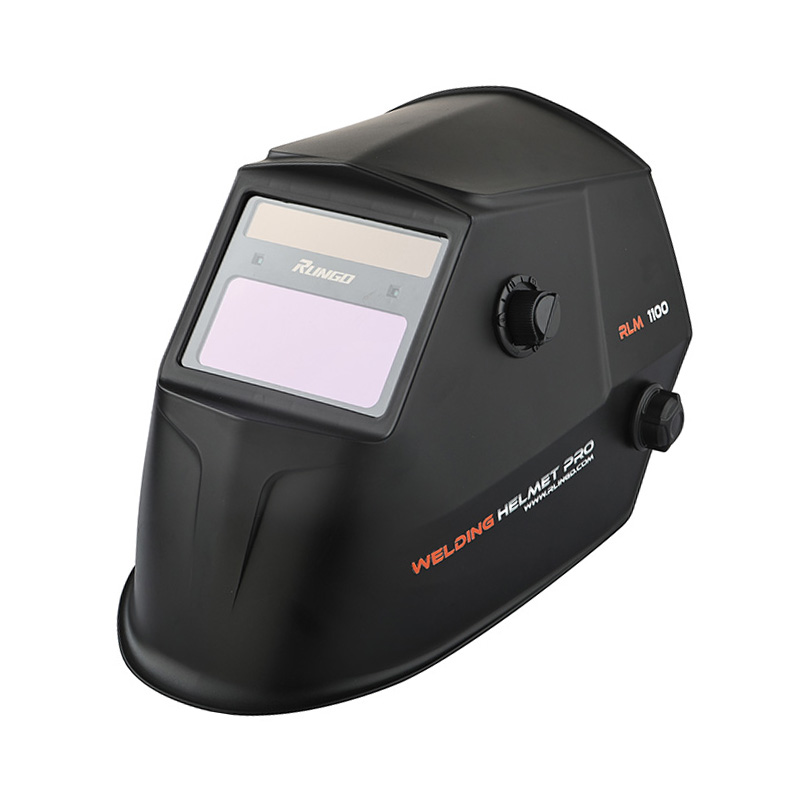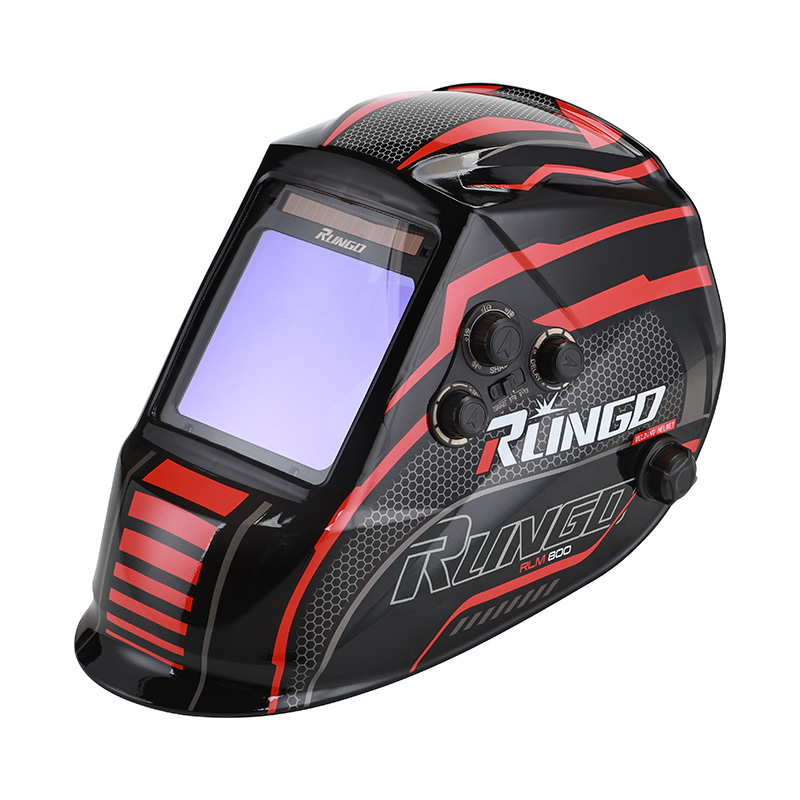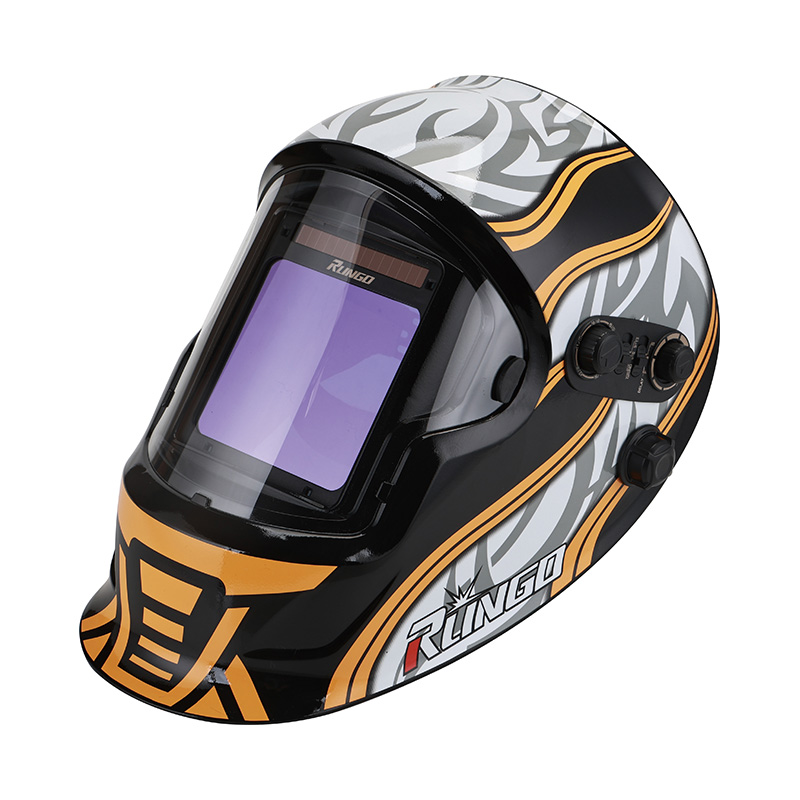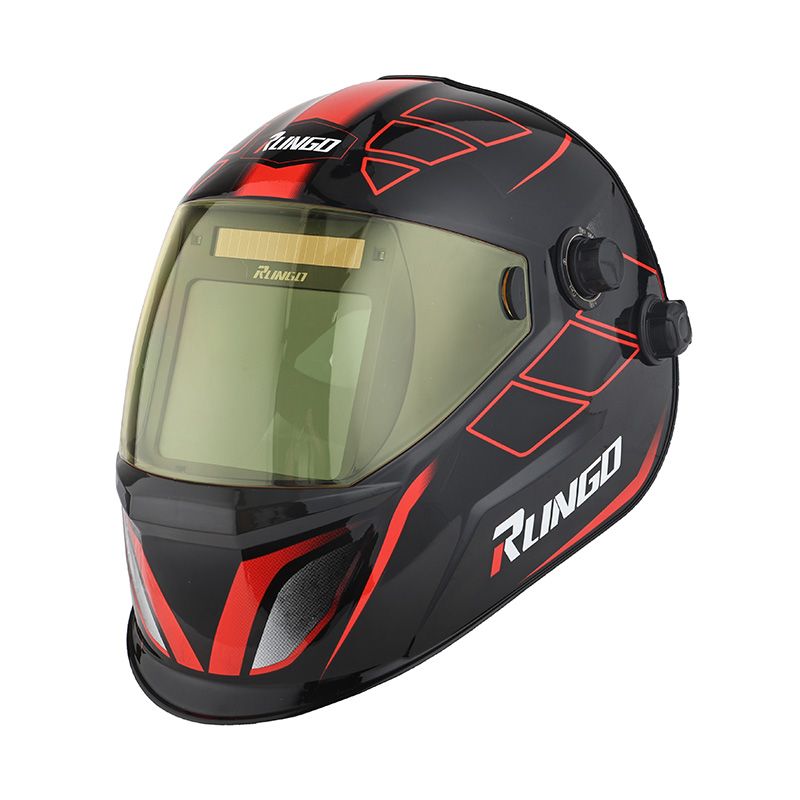Understanding the Customization Options in Modern Auto Lens Welding Helmets
2025-08-22
Flexibility in Auto Lens Welding Helmet Settings
The Auto Lens Welding Helmet has become an essential safety tool in both professional and hobbyist welding due to its ability to automatically react to changing light intensities during operation. One of the key factors that determines its effectiveness and user comfort is the adjustability of two major settings: sensitivity and shade level. While not all helmets offer the same level of control, many modern designs do provide customizable features that can adapt to various working conditions and personal preferences. These settings play a crucial role in optimizing visibility and reducing eye fatigue, especially in complex welding environments.
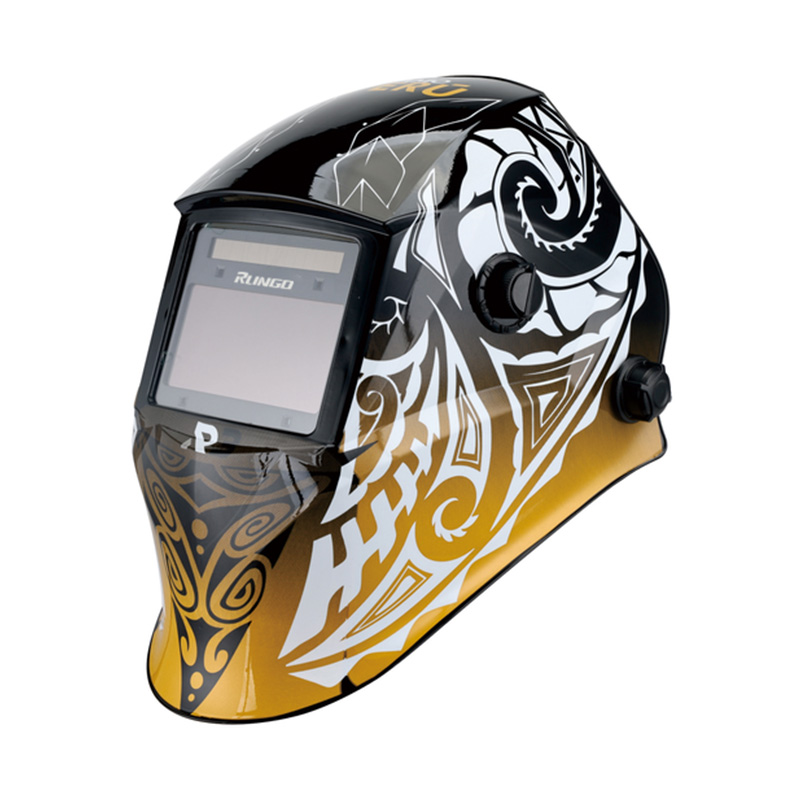
Importance of Adjustable Sensitivity in Welding Environments
Sensitivity refers to how easily the helmet detects changes in light and activates the auto-darkening feature. Adjustability in this setting is particularly important when working in environments with varying ambient light or when performing low-amperage tasks like TIG welding, where the arc may be less intense. With a properly tuned sensitivity setting, the helmet can distinguish between actual welding arcs and other sources of light, reducing the chances of unnecessary darkening or delayed activation. This is especially helpful in shared workspaces, where other welders may be active nearby. Helmets with fixed sensitivity settings might not perform reliably in all conditions, which can cause reduced effectiveness and potential eye strain over time.
The Role of Variable Shade Levels in Eye Protection
Another essential feature in high-performance helmets is the ability to adjust the shade level. The shade level determines how dark the lens becomes once triggered, and having control over this aspect allows the user to tailor the helmet for specific types of welding, such as MIG, TIG, or stick welding. Different welding processes generate different levels of brightness, and a one-size-fits-all shade may not offer suitable protection or visibility. Most adjustable helmets offer a range of shades, commonly from shade 9 to shade 13, giving welders the flexibility to choose what works for their task and eye comfort. This adaptability not only improves safety but also helps maintain accuracy and reduces the need to constantly lift the helmet for inspection.
Enhancing Comfort and Efficiency Through Custom Settings
Welders often spend long hours working in challenging environments, and equipment that enhances comfort is critical for maintaining focus and reducing fatigue. When a helmet provides adjustable settings, it allows users to customize their gear based on both the task and their physical reaction to brightness. For instance, some welders may prefer a darker default setting to reduce glare, while others may require lighter shades for better visibility in detailed work. Having the option to fine-tune both sensitivity and shade makes the welding experience more efficient and enjoyable, while also supporting long-term eye health. In addition, many adjustable helmets include memory functions to save preferred settings, reducing setup time between tasks.
The Value of Adjustability in Modern Helmets
In conclusion, most modern Auto Lens Welding Helmets do support adjustment in both sensitivity and shade level, offering users a greater degree of control over their protection and visual clarity. These features are not just convenience-oriented but are also critical for ensuring safety across different welding applications. Whether dealing with fluctuating light conditions, switching between processes, or simply seeking greater comfort during extended sessions, adjustable helmets provide meaningful advantages. As a result, investing in a model with customizable settings can significantly enhance both performance and protection for any serious welder.

